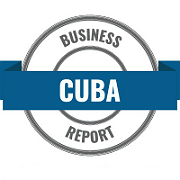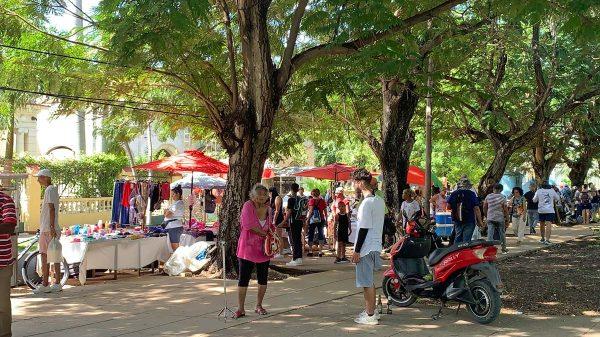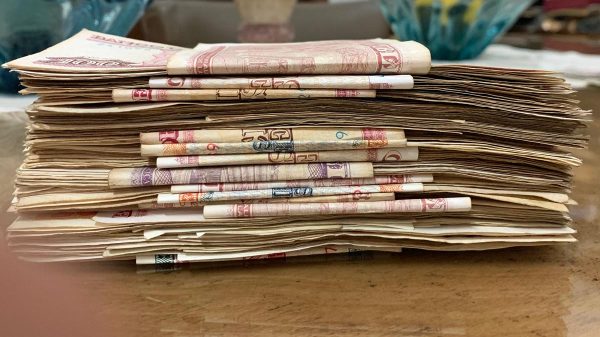Currency unification is on the horizon, although it, in itself, is not enough to reorder and update Cuba’s economy according to some experts. Unification of Cuba’s system of money will be a part of the entire process to strengthen national economic performance.
The current economic situation, negatively influenced by the hardening of sanctions by the United States and the national and global impact of COVID-19, magnifies the continuing problems of the use of two currencies in the country. It’s a problem that can no longer be ignored.
US sanctions have tightened thereby reducing the supply of retail products and creating strong monetary imbalance.
COVID-19 presents a whole new set of problems including the loss of income to the tourism and entrepreneurial sectors, and the strains on the public health system experienced by every nation across the globe.
Without a doubt, Cuba has faced tough times in the past. Between 1989 and 1993, Cuba’s Gross Domestic Product (GDP) dropped nearly 35%, fuel consumption decreased to less than 50%, and foreign trade shrank more than 80%, Yoland Garcia, the Director of Economic Studies at the Central Bank of Cuba (BCC) told the Cuban press.
At that time, the Cuban peso lost its purchasing power and its functions as an exchange currency, which has led to the dollarization in the informal market.
In 2003 and 2004, the economic recovery permitted the Government to withdraw the US dollar from circulation. It was replaced with the Cuban convertible peso (CUC). Since then, two national currencies have coexisted in the sale of products and services which created a system of monetary duality, not without its problems.
However, the problem was and still is that the use of the dollar never reaches the entire population/economy with salaries, social security and assistance, services, and regulated products priced in Cuban pesos. In a society where some have access to dollars and others do not, the result is the emergence of a “have-have-not” situation, in itself, unfair to those who “have not.”
In 2011, after the approval from the 6th Congress of the Communist Party of Cuba (PCC), unification was established as a priority to eliminate the issues associated with the use of a dual currency because it also creates distortions within the entrepreneurial sector.
Today, measures have been put in place to stimulate the national economy, reincorporate it into the international market, and deal with major macroeconomic unbalances.
An expert from the BCC said that the ideal environment for the country’s monetary unification is the stability of the national currency, in alignment with the evolution of the real or the productive economy.
The ideal conditions for the Cuban peso will be to establish an exchange rate close to the supply and demand of hard currency, preserve macroeconomic balance, clear rules for monetary payments, and the disciplined control of public debt and spending, and other variables.
For Cuba, there is the compelling need for a decisive action to follow through with the pending measures and “immediately correct all possible distortions,” President Miguel Díaz-Canel said in his speech before the Council of Ministers, on July 17.

From our staff writers and editors.














